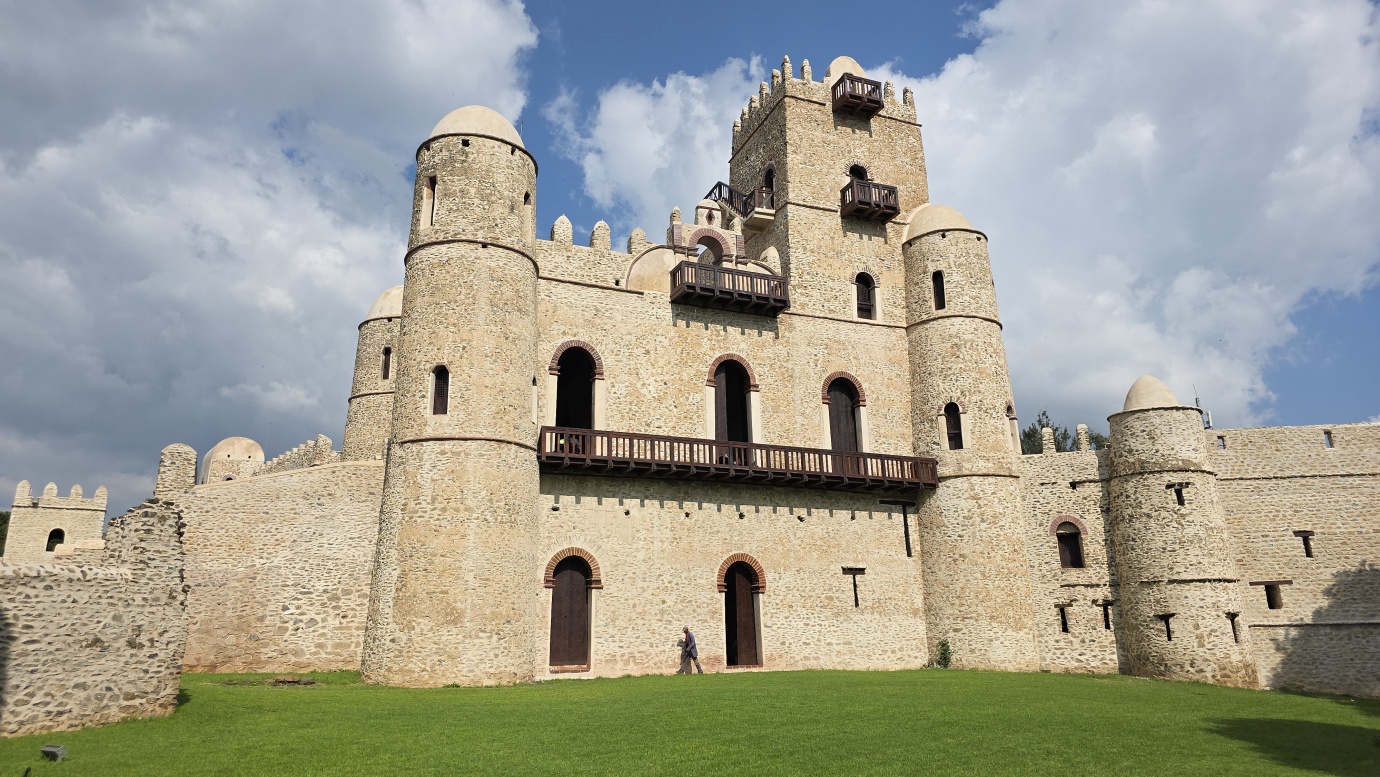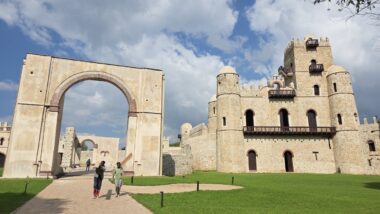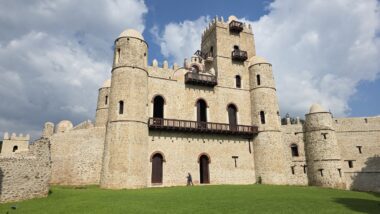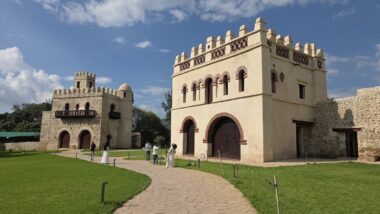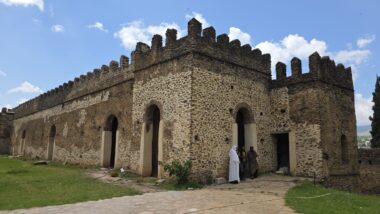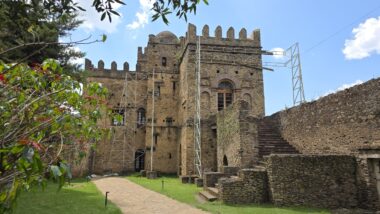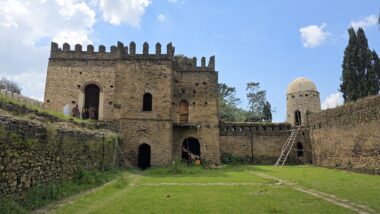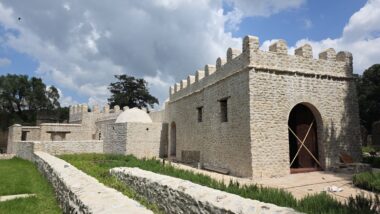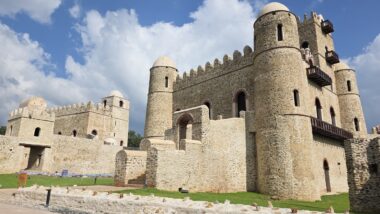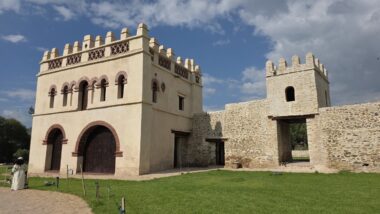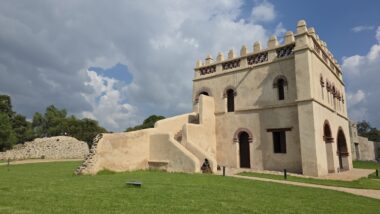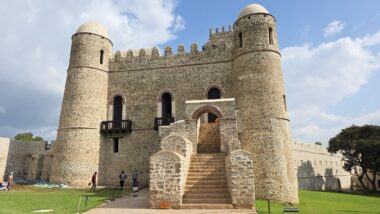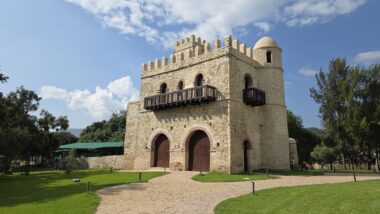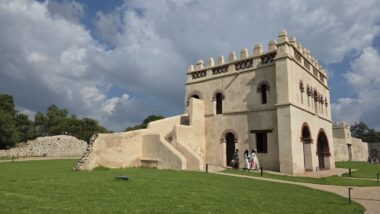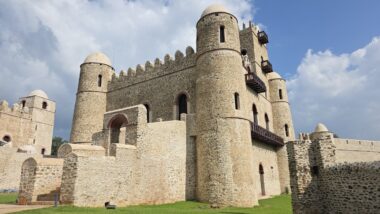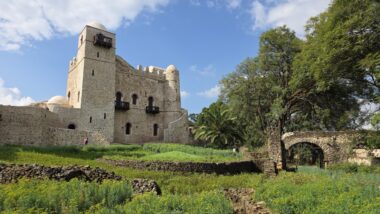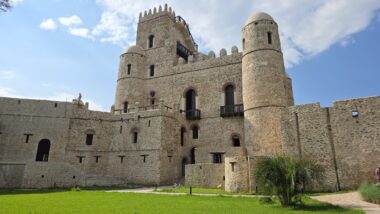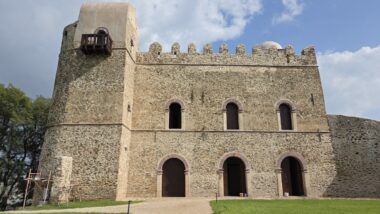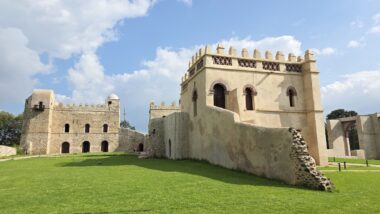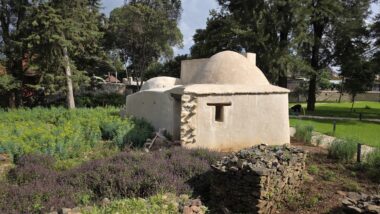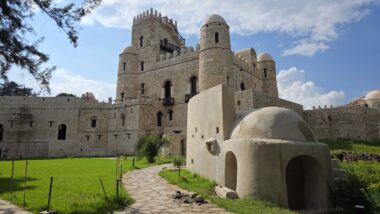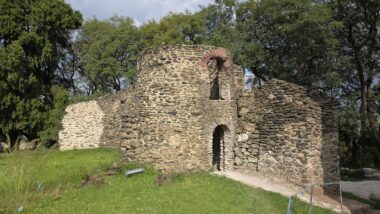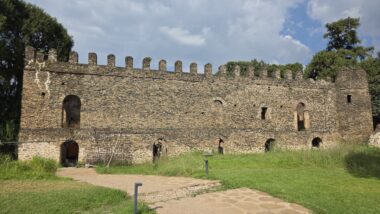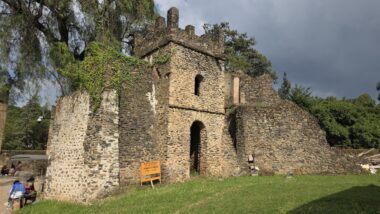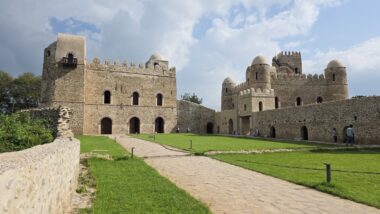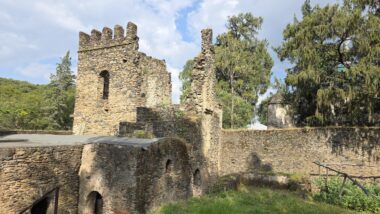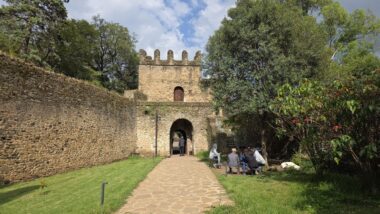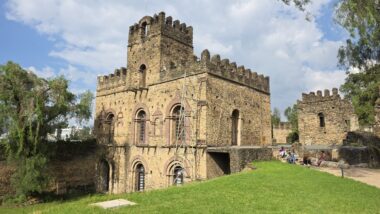The whole afternoon, we spent at Gondar Castle, or the Fasil Ghebbi, a fortified royal enclosure built in the 17th century (🎟️1,000 ETB). Before 1636, Ethiopian rulers used nomadic, mobile capitals. Emperor Fasilides settled in Gondar, a previously obscure village, establishing it as the permanent capital for the next 250 years. The complex contains six castles and other buildings, with the largest and oldest being the Palace of Fasiladas. The architecture reflects a unique blend of local Ethiopian styles with Portuguese, Indian, and Arabian influences, showcasing a new era of stone-built, permanent architecture for the empire.
The complex was damaged in wars, including air raids during WWII, but has undergone restoration efforts, with the Fasil Ghebbi designated a UNESCO World Heritage site in 1979. The complex also includes other structures, such as the library of Yohannes I, the Emperor’s chancery, a sauna bath, and the famous Mewagna, a bathing pavilion for the Timket festival.


